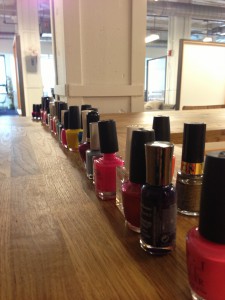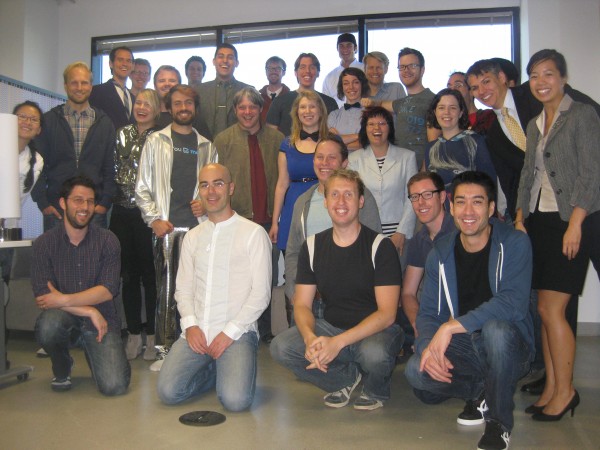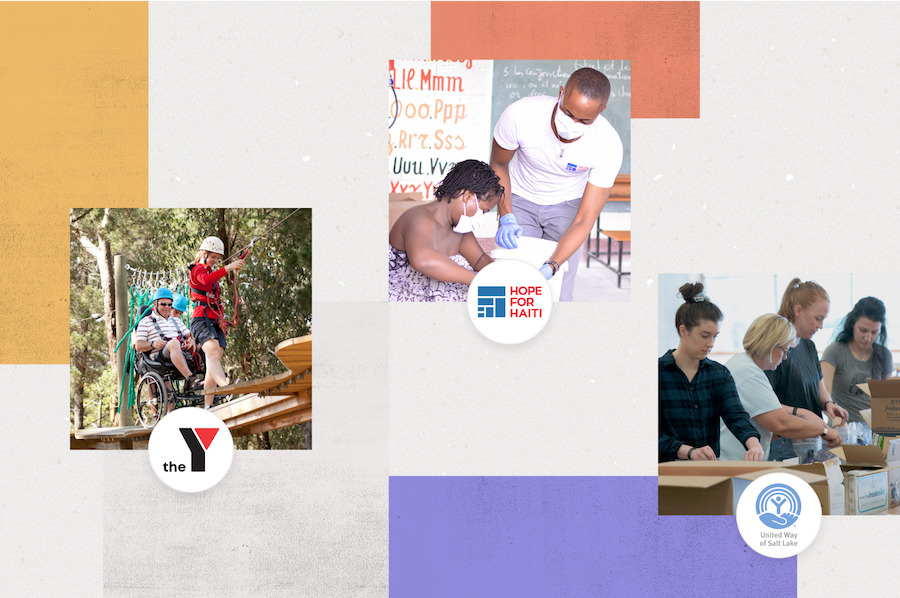A product manager’s perspective on product polish
 Last week, we wrote about Polish Week at Asana from the perspective of the changes we made to the product: the new features we launched and the bugs we squashed in one intense week of work.
Last week, we wrote about Polish Week at Asana from the perspective of the changes we made to the product: the new features we launched and the bugs we squashed in one intense week of work.
Today, I thought I’d write about how we think about product polish in general and how we planned and executed a week dedicated entirely to it: Polish Week.
How We Think About Polish
Pragmatic Craftsmanship is one of Asana’s core values, and for good reason: we believe polish and craftsmanship are vital components of a well-designed product. As a wide range of consumer focused technology companies have demonstrated, applying meticulous care to even the tiniest details can help foster mass appeal (and love) for a product and brand. At Asana, we want to ensure that users love using our product day-in and day-out, so we strive to build a product that shines.
To help achieve that goal, we decided to take a week away from our normal schedule, break out the boot black and the shine box and focus entirely on polish. Originally, this would be known as “Polish Kielbasa” Week (for Polish, Kraftmanship, Interesting, Exciting Lame or Boring And Small Avenues), but we shortened it to “Polish Week” because nobody got the Kielbasa part.
Polish Week Goes Live
 While we always maintain a strict quality bar before we release anything to the public, we justified setting aside a week dedicated to polish because it gives us time to work on features and bugs that normally wouldn’t get addressed. Improving features that we’ve already launched also gives us the benefit of hindsight: after a feature has been launched, we have a better sense of the issues that needs to be addressed. We also catch problems that we might have missed at launch.
While we always maintain a strict quality bar before we release anything to the public, we justified setting aside a week dedicated to polish because it gives us time to work on features and bugs that normally wouldn’t get addressed. Improving features that we’ve already launched also gives us the benefit of hindsight: after a feature has been launched, we have a better sense of the issues that needs to be addressed. We also catch problems that we might have missed at launch.
Scoping The Week
While it was tempting to work on other types of projects, we agreed to limit the scope of the week to the parts of Asana that are visible to users. In the future, we plan to hold a Polish Week every episode, though we may decide to shorten the timeframe and/or expand the scope to a larger range of projects. But this time, we decided to focus on delivering immediate, noticeable value to our users.
Communicating The High Level Goals
We wanted everyone at the company to know what we were striving for, so we articulated a set of goals for the week:
- Polish the product. See above for why this is important.
- Focus on the customer. Focusing the entire team on user-facing issues for a week would be a strong reminder that all of our work is ultimately in service of our customers. It gives us perspective when we work on non-product work at other times.
- Unlock value. We knew that if we just spent a little more time on some features, they could become much more useful to everyone. We wanted this week to be about taking these features from good to great.
- Do work that wouldn’t normally get done. We constrained Polish Week to work on large projects that don’t fit into our normal schedule, as well as features and bugs that keep falling through the cracks.
- Ship by the end of the week. This targeted mentality allowed us to work on projects that we knew could be done in a single week and still generate tangible value for our users.
- Build camaraderie. We wanted our entire team, including product engineers, infrastructure engineers, designers, and operations team, to pitch in work on polish. Even our chefs got in on the action, cooking up kielbasa, pierogies and other Polish food, just in case anyone forgot what we were doing.
Setting Targets
We wanted to complete the highest priority work, but we also wanted to give people the autonomy to work on the things that mattered the most to them (including the “pet” bugs that matter a lot to one person, but are sometimes hard to justify to others). So we framed a two-part goal: one around quantity, the other around quality.
For the first, we estimated how much work the team could do in a single week and came up with an ambitious goal of 55 completed tasks. (Each task was a feature, bug or other improvement.) For the second, we set a goal of completing all of our highest priority work. The way we framed our goals meant that everyone would be working on high-priority tasks for roughly ⅔ of their time, and still have ⅓ of their time left over to work on any other polish tasks that interested them.
Making It Happen
When the time came, everyone put their heads down to work on Polish Week projects. Of course, we still did some day-to-day work: our User Ops team still answered support requests; the on-call engineers still solved site issues; and we still conducted a number of candidate interviews. However, all other work was put on hold so the team could focus on polish.
Demos!
We wanted to give people a chance to show off their work, so at the end of the week we held demos. Every member of the team had something to show. It was impressive to see how much our team was able to achieve within a week, and how much better our product feels as a result.
Polish, Polish, Everywhere
We knew it would be an intense week, but we also wanted to keep it fun, so we came up with a range of ways to polish-themed ways to celebrate the work we were doing:
- We ate Polish food. For lunch the first day, we consumed kielbasa, sauerkraut, pierogies, and meat & potato stew.
- We “polished” our faces. We got some neon face paint and made like kids at the county fair. Some people opted for subtle, others opted for intense.
- We polished our nails. Some members of the team polished a nail for each Polish Week task they completed.
- We ate unpolished Jelly beans. The Jelly Belly factory sells misshaped jelly beans that didn’t make the quality control cut. We ate many of them.
- We polished off some scotch. Scotch may not be Polish, but it sure is delicious.
- We listened to the Polish National Anthem. We would have sung along, but we didn’t know any of the words.
- We polished our outfits. Some people dressed in suits, some people dressed in very shiny clothing. Others were just polished in spirit.
All-in-all, Polish Week was fantastic. We hope you enjoy the results of our work as much as we enjoyed doing it.
If you’d like to stay on top of product updates, tips and other Asana content, you should find us on Twitter and Facebook.


